An international team have used waste cooking oil from a university cafe to make a cheap, effective material for absorbing oil from seawater.


An international team have used waste cooking oil from a university cafe to make a cheap, effective material for absorbing oil from seawater.
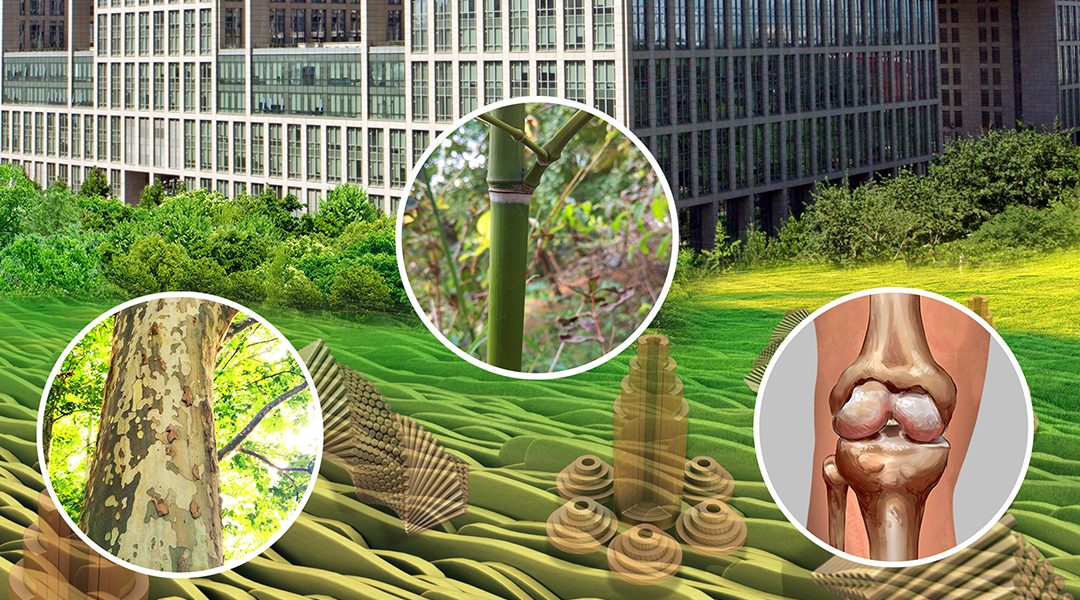
A recent special issue of Advanced Materials, issue 45 in 2017, was dedicated to highlighting nature-inspired surface and materials research at Beihang University in Beijing, China.

The important role of surface-bound hydroxy groups of vanadium catalysts under reaction conditions by employing in situ DRIFTS experiments and DFT calculations is elucidated.
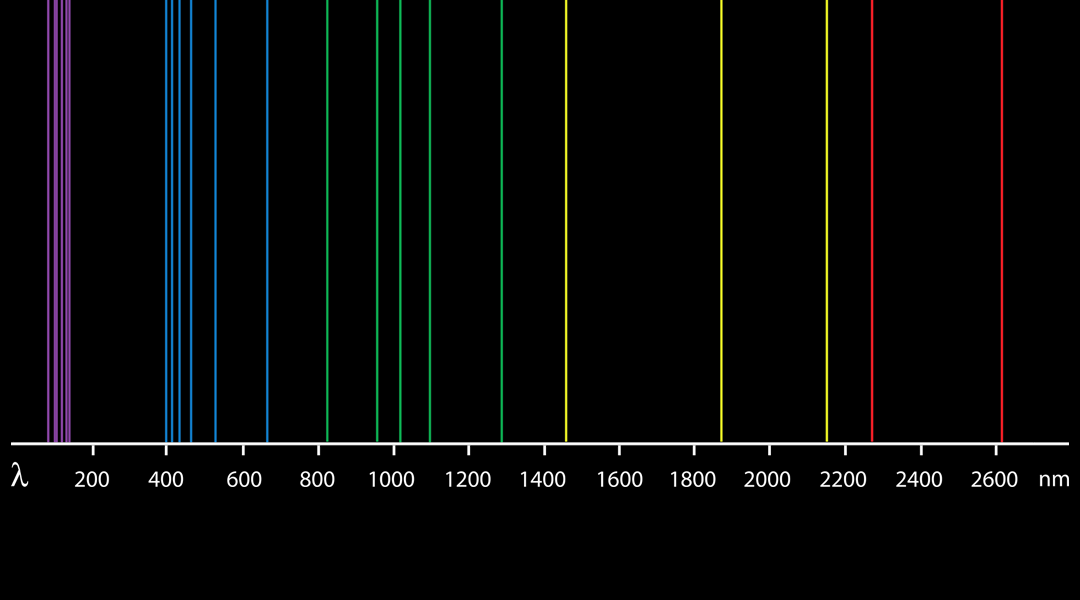
IR-driven transfer of plasmon-induced hot electrons in a nonmetallic branched heterostructure, by combining ultrafast transient absorption spectroscopy with theoretical simulations, is demonstrated for the first time.
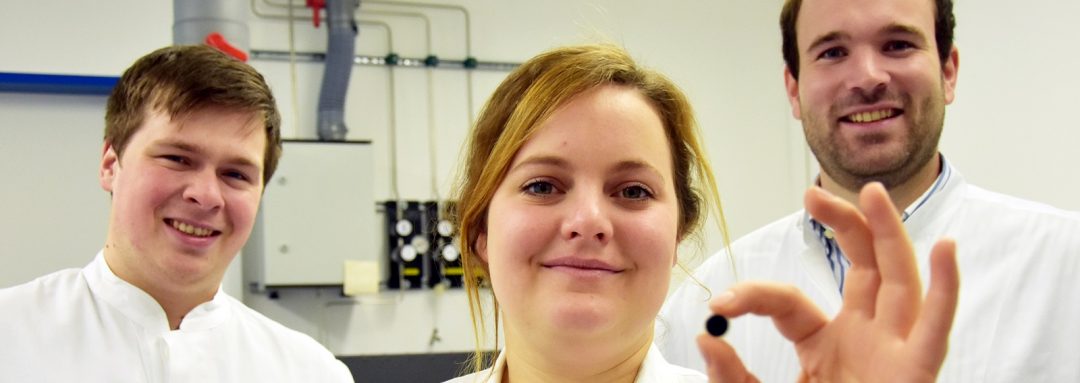
Young start-up team develops a promising new reference materials for direct microanalysis of solids.
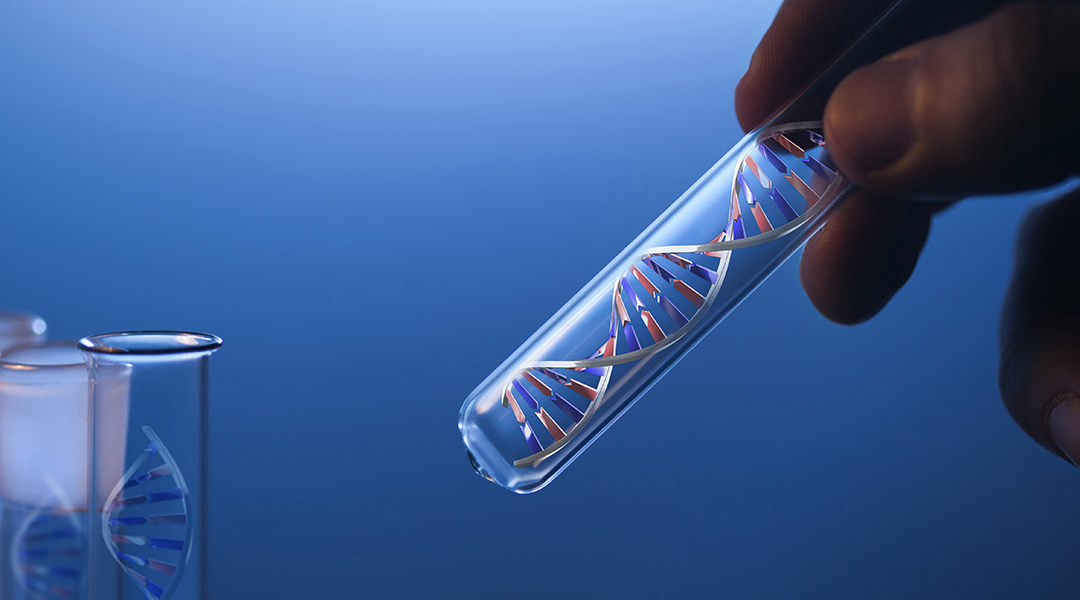
DNA origami nanobiosensor: The binding of the bioanalyte (left) with the ssDNA-associated bioreceptor (center) on the surface of the DNA origami is transduced as a measurable change in properties (right) that can be recognized and quantified by a detector.
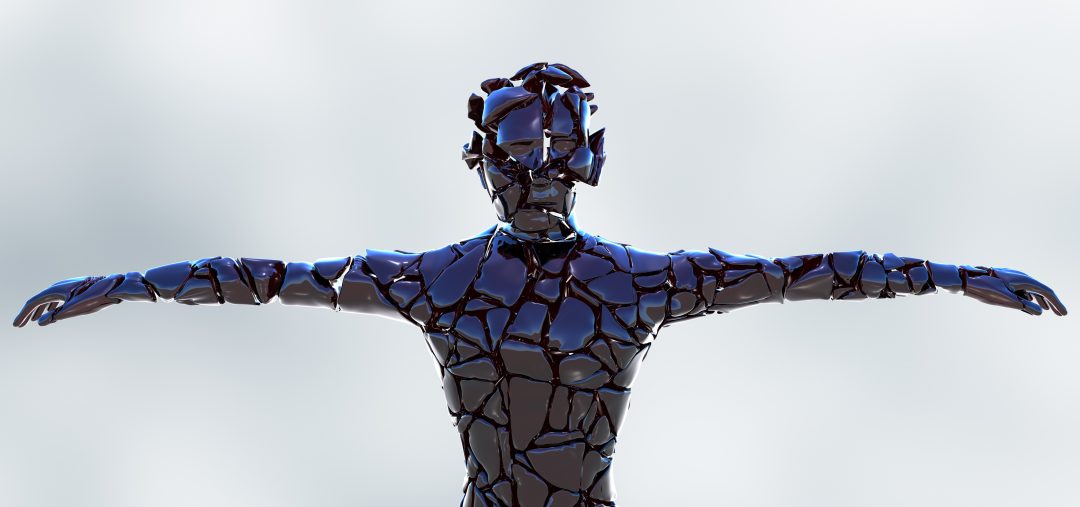
The design of a new bionic skin that is sensitive to incredibly small changes in pressure and vibration is reported.
![Gold-based Nanoscaffold for Peripheral Nerve Injuries [Video]](https://www.advancedsciencenews.com/wp-content/uploads/2018/04/adfm201707077_ASN_image.jpg)
Shanghai Jiao Tong University researchers design a novel nerve guidance conduit for peripheral nerve regeneration. The performance of the polydopamine-coated, gold polycaprolactone nanoscaffold is enhanced when loaded with bone marrow mesenchymal stem cells and Schwann cells.
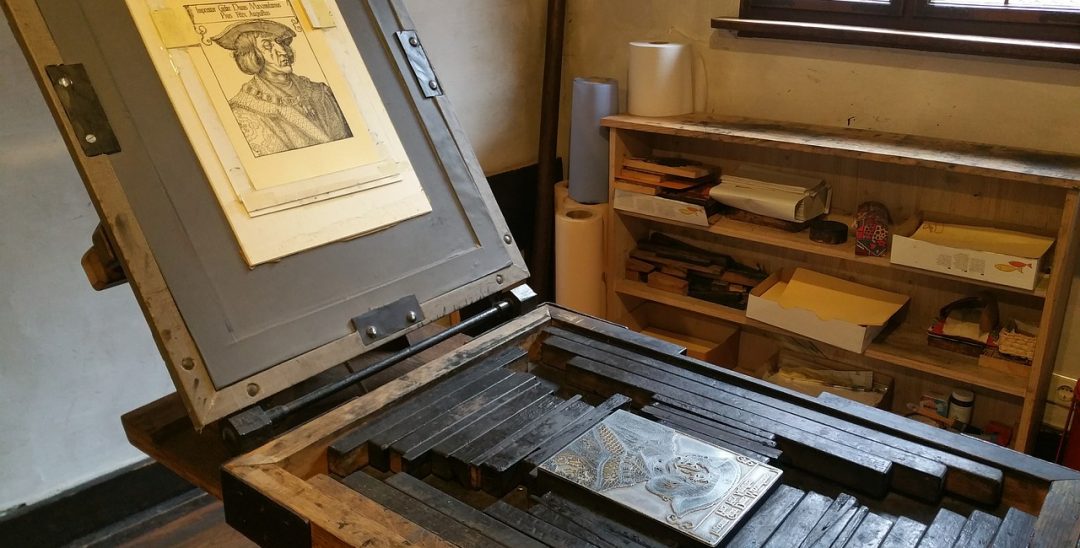
The Handbook of Industrial Inkjet Printing provides an overview of all the individual subareas of industrial inkjet printing.

The dissolution problem for manganese dioxide-based cathodes in zinc-based batteries has been solved, and fully knittable zinc–air batteries have been designed that can be incorporated into regular clothing to power portable devices.